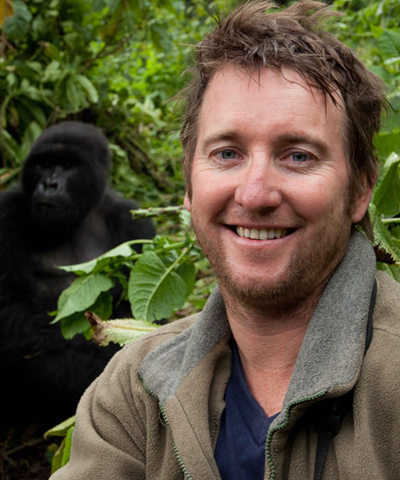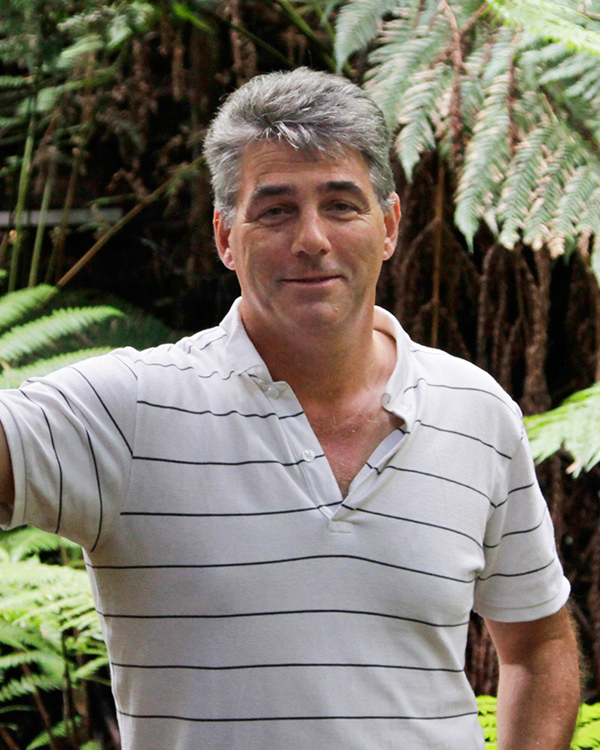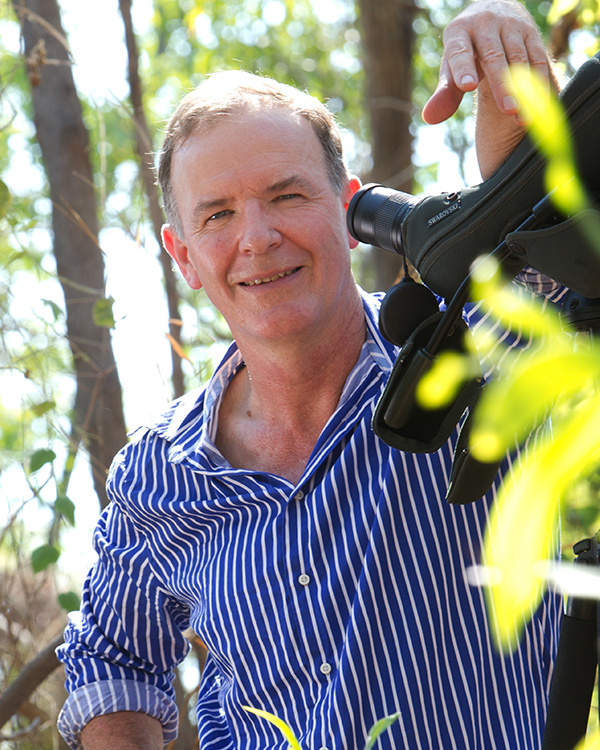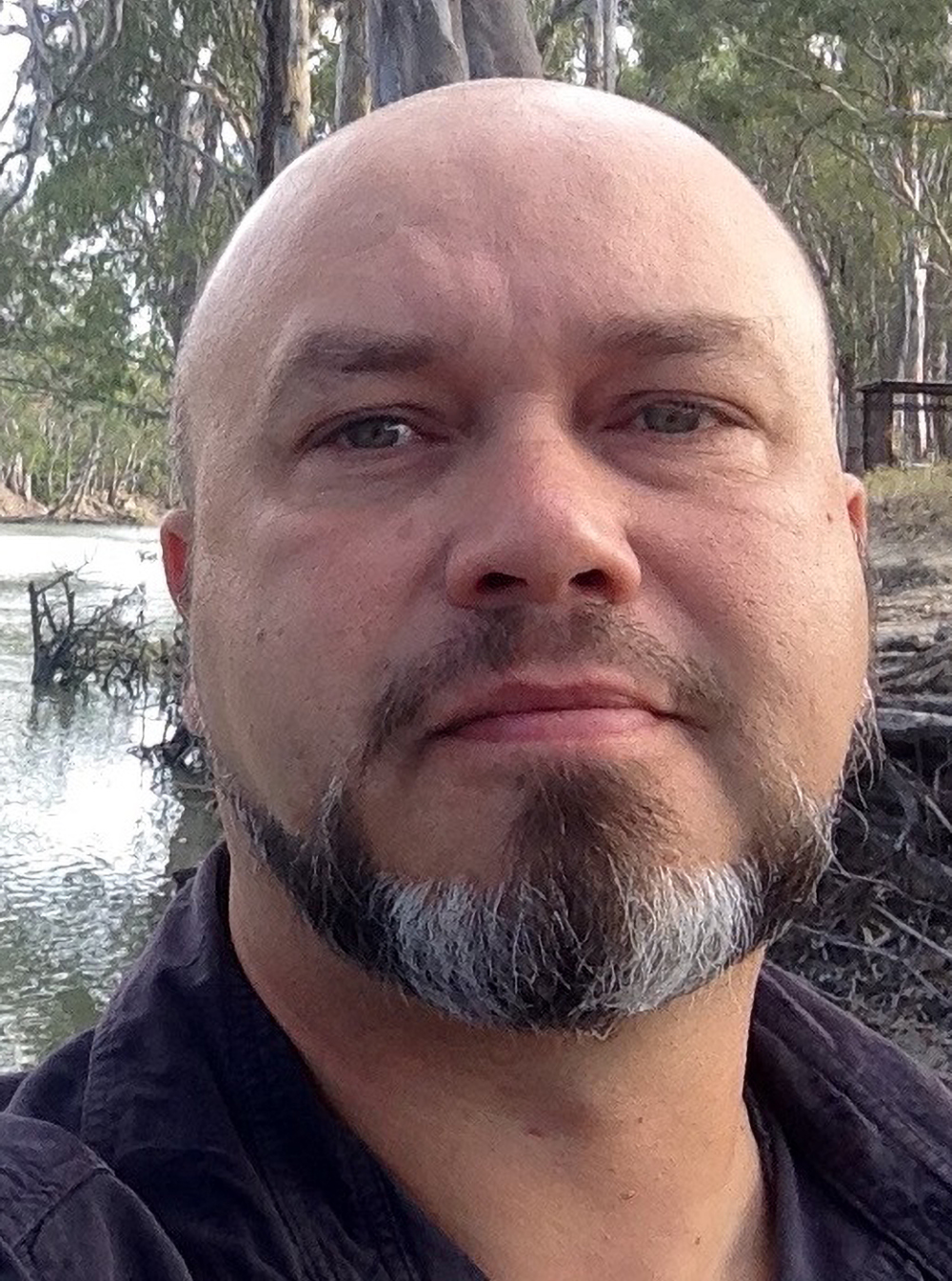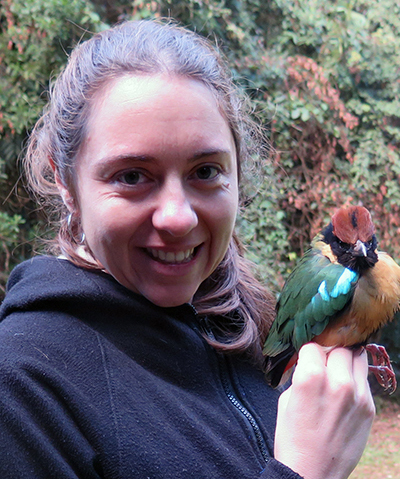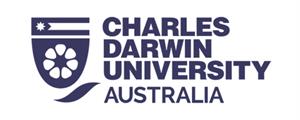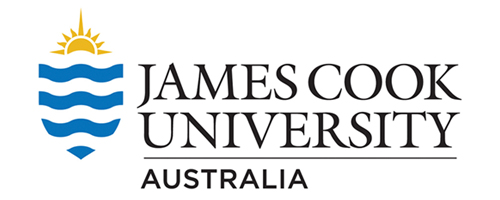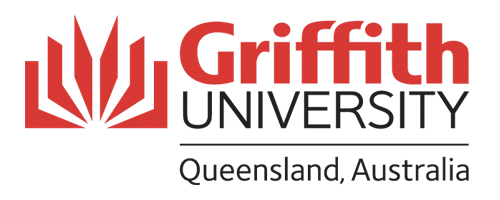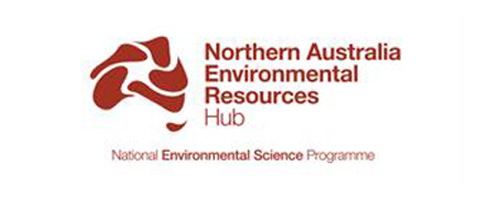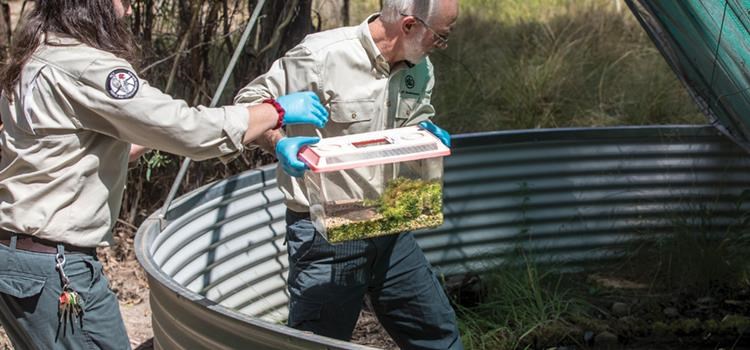
Project: 7.7
A knowledge synthesis to inform a national approach to fighting extinction
Project Leaders: James Watson , Josie Carwardine
Research in Brief
Collectively, a wealth of knowledge is held by managers, traditional owners and scientists across Australia about what we can do to improve the outlook for threatened species. However, further efforts are needed to draw this knowledge together into a coordinated assessment of options for mitigating key threats to threatened species.
We propose to synthesise research and expertise across threatened species in Australia to generate and evaluate options for ensuring the persistence of threatened species, using the best available scientific and policy knowledge.
Why is the research needed?
Ensuring the survival of threatened species is best approached using the full set of available information, which is currently held by disparate organisations and individuals across Australia. This project will bring together and synthesise this information and rework it to ensure it is fit for purpose for informing decisions that impact the persistence of threatened species.
In doing so, the project addresses priorities and needs for a broad range of stakeholders in threatened species recovery across governments, NGOs, Indigenous organisations and the intra-governmental IUCN. It will provide critical strategic input for: (1) a more coordinated approach to threat mitigation and species recovery actions; (2) assessments of the management and protection actions for threatened species and their habitats, both inside and outside of protected areas; (3) more rigorous analyses of biodiversity investments and strategic assessments; and (4) frameworks for identifying measures of success in threatened species recovery.
Overall, this project will provide Australia with a baseline of information to ensure rigorous decision-making for securing threatened species populations.
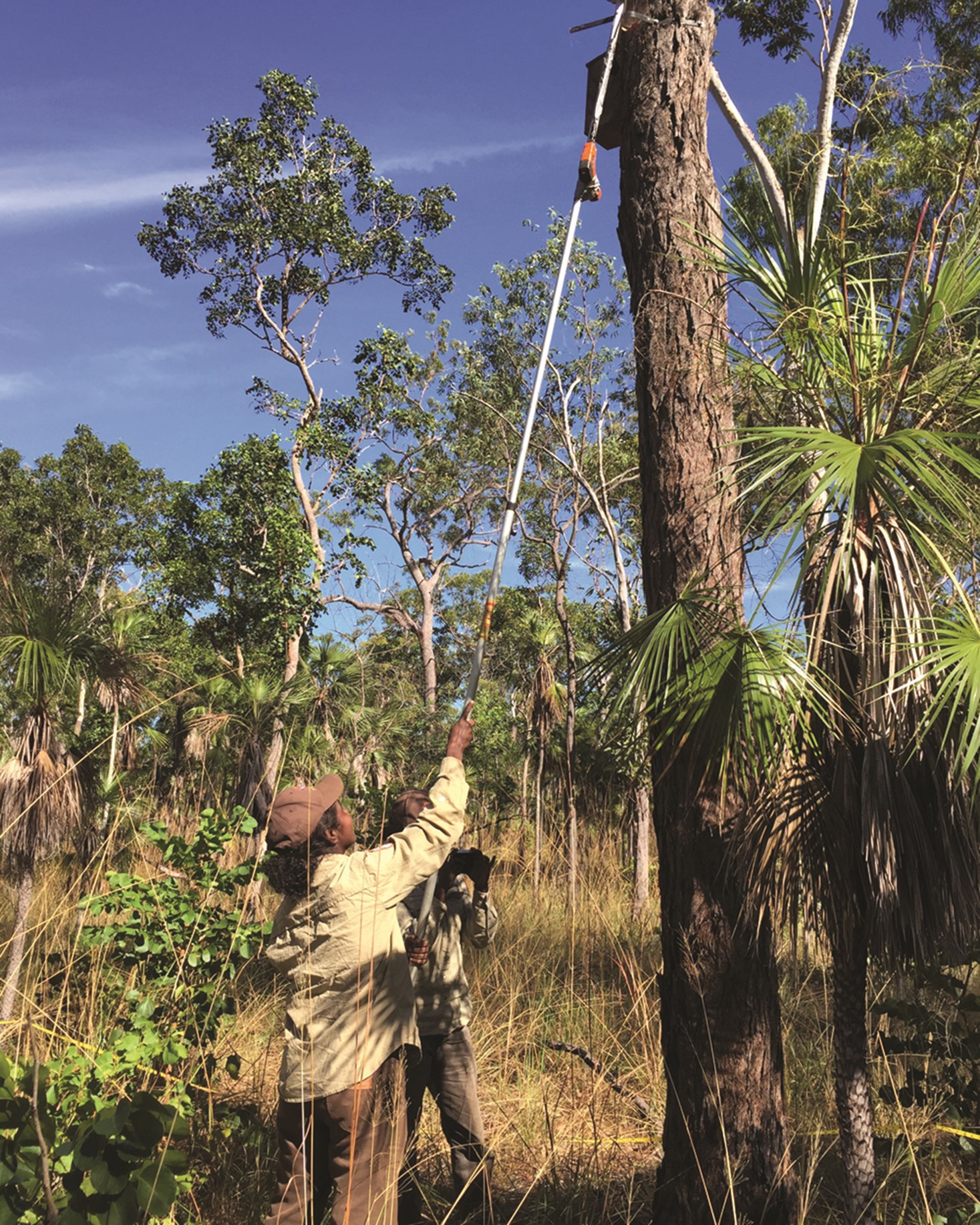 Image: Rangers checking nestbox. Photo: Leigh Ann Woolley
Image: Rangers checking nestbox. Photo: Leigh Ann Woolley
How can the research help?
This project will synthesise existing information and generate new information. Our project will provide a benchmark for adequate conservation responses for imperilled species, based on the best available expert knowledge for ensuring species survival.
It will highlight the management and policy options required to achieve various outcomes for threatened species.
Importantly, it will provide an approach for understanding how investments in threat management and species recovery will help us to progress towards a future where Australia’s threatened species persist.
This will be an essential resource for future planning and decision-making, including identifying priority areas for investment and directly informing on-ground management. It will aim to inform policy processes across different jurisdictions and help to identify opportunities for investments that benefit multiple species and achieve broader environmental outcomes.
What research activities are being undertaken?
The project team used a structured approach to identify the key steps required to generate an information base that can inform threatened species persistence in a range of settings across Australia.
These steps include: (1) creating an integrated assessment (and mapping) of the primary threats to all listed threatened species (including key interactions among threats) in a threats-by-species matrix; (2) detailing the actions needed to mitigate threats and secure threatened species across the continent; and (3) engaging core stakeholders in collating relevant information and providing a basis for a national roadmap toward ensuring protection and recovery of Australia’s threatened species.
Our analysis will determine the collective extent and costs of the actions required for securing all threatened species by intersecting species needs, species ranges, threats and current management. In doing so, we will provide the science to answer key questions for threatened species survival, including:
- What are the conservation response needs of different types of threatened species?
- Which actions for threat abatement are required toensure all species persist?
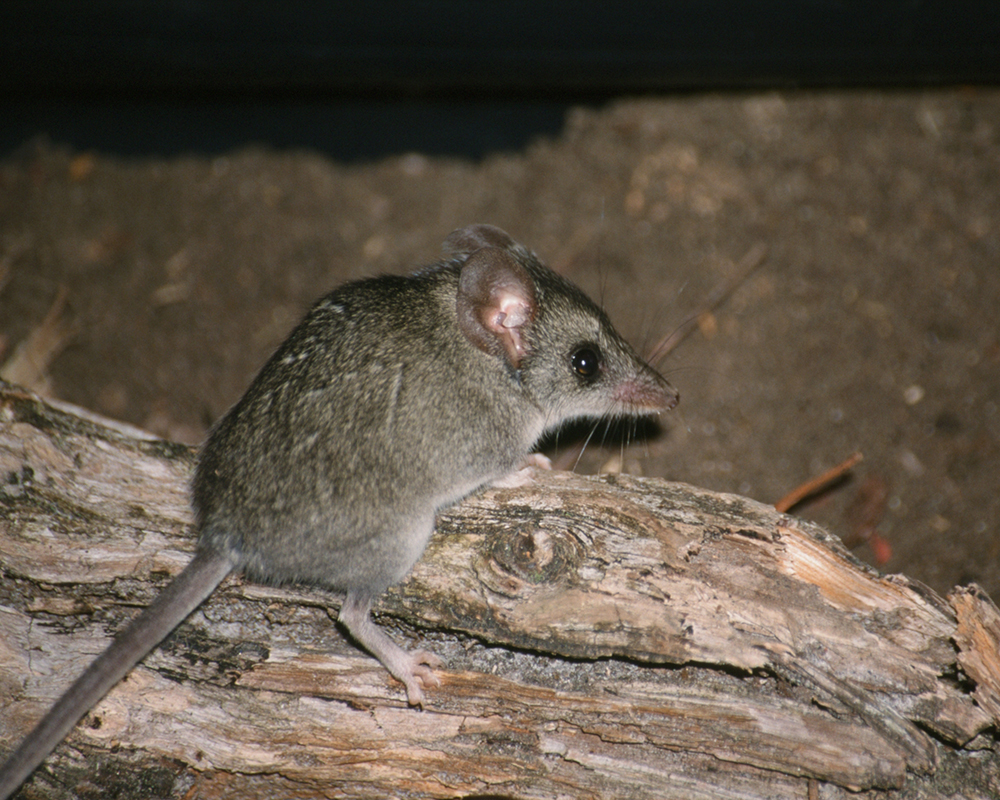 Image: Kangaroo Island Dunnart. Photo: Jody Gates
Image: Kangaroo Island Dunnart. Photo: Jody Gates
Who is involved?
The research is a joint project with the Northern Australia Environmental Resources Hub.
It is being led by researchers at The University of Queensland (James Watson) and CSIRO (Josie Carwardine) and the research is being undertaken by Dr April Reside (Postdoctoral Research Fellow) with contributions from researchers based at The University of Melbourne, the Australian National University, James Cook University, Griffith University and Charles Darwin University.
Collectively these researchers are experts in ecology, conservation planning, Indigenous engagement, structured elicitation, local and global conservation policy, decision science, species modelling, economics, land management, and risk and statistical analyses.
As the project develops, additional willing experts and stakeholders are being engaged, including Traditional Owners, managers and experts in the ecology and management of species and their threats.
Where is the research happening?
The research will concern all threatened species nationally, and the area of interest is the entire continent of Australia.
When is the research happening?
The project will run from January 2019 to June 2021.
Further Information
For more information please contact:
Josie Carwardine - Josie.Carwardine@csiro.au
James Watson - james.watson@uq.edu.au
Top image: Murry Evans and Jenny Pierson deliver northern corroboree frogs to their new homes. Photo: Peter Taylor TSR Hub
